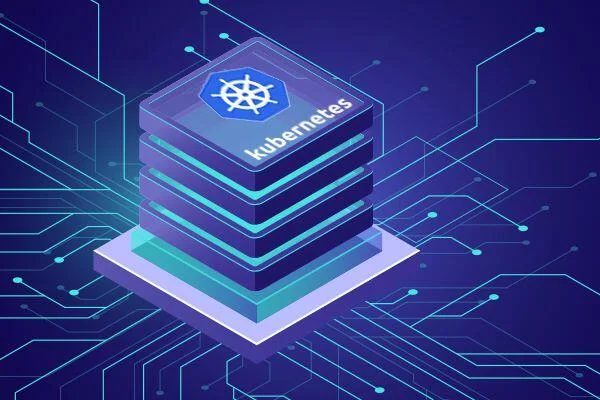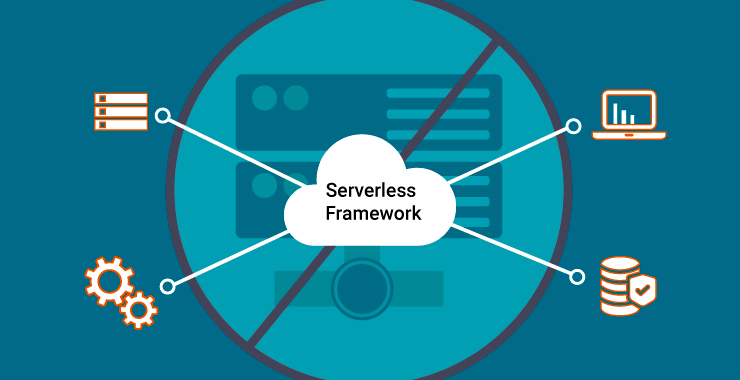In the modern landscape of software development, Continuous Integration (CI) and Continuous Delivery (CD) have emerged as crucial practices for enhancing the efficiency and reliability of the development process. Together, CI and CD form what is commonly referred to as a CI/CD pipeline—a series of automated steps designed to build, test, and deploy code changes efficiently. This article delves into the intricacies of CI/CD pipelines, exploring their components, benefits, and implementation strategies.
What is a CI/CD Pipeline?
A CI/CD pipeline is a set of automated processes that enable developers to integrate code changes and deliver software in a streamlined and reliable manner. The primary aim of these pipelines is to reduce the time between writing code and delivering it to users, while ensuring that the code is stable and functional. The pipeline automates various stages of software development, from integration and testing to deployment, thereby minimizing manual intervention and the risk of human error.
Continuous Integration: The Foundation
Continuous Integration (CI) is the practice of frequently integrating code changes into a shared repository. Each integration is automatically verified by building the code and running tests. This approach helps in detecting errors early in the development cycle, which can be significantly more cost-effective compared to identifying and fixing issues later. By integrating changes regularly, teams can ensure that their codebase remains in a deployable state and that new features or fixes are consistently and reliably merged.
Continuous Delivery: Streamlining Deployment
Continuous Delivery (CD) builds upon the foundation of CI by automating the deployment of code changes to staging or production environments. The goal of CD is to ensure that code can be deployed to production at any time, with minimal manual intervention. This involves automated processes for building, testing, and releasing code, which helps in maintaining high levels of quality and reliability. CD pipelines often include additional stages such as acceptance testing, performance monitoring, and security checks to ensure that the software meets all required standards before reaching the end user.
Components of a CI/CD Pipeline
A typical CI/CD pipeline consists of several key components:
- Source Code Repository: The central hub where code changes are committed. Commonly used repositories include Git, GitHub, and GitLab.
- Build Automation: The process of compiling source code into executable files or binaries. This step often involves using build tools like Maven, Gradle, or Jenkins.
- Automated Testing: This involves running various types of tests, such as unit tests, integration tests, and end-to-end tests, to ensure that the code functions as expected. Automated testing frameworks and tools like JUnit, Selenium, and Jest are commonly used.
- Deployment Automation: The process of deploying the code to different environments, such as staging and production. Tools like Docker, Kubernetes, and Ansible are often employed for this purpose.
- Monitoring and Feedback: Continuous monitoring of the deployed application to ensure its performance and stability. This includes gathering metrics, logs, and user feedback to inform future improvements.
Benefits of CI/CD Pipelines
Implementing a CI/CD pipeline offers numerous advantages. Firstly, it enhances development speed by automating repetitive tasks, allowing developers to focus more on writing code and less on manual processes. Secondly, it improves code quality through early detection of issues and rigorous testing. Additionally, CI/CD pipelines facilitate faster and more reliable deployments, reducing the risk of errors and downtime. Finally, they support a culture of continuous improvement by providing regular feedback and enabling iterative development.
Challenges and Considerations
While CI/CD pipelines offer significant benefits, they are not without challenges. Setting up and maintaining a CI/CD pipeline requires an initial investment in terms of time and resources. Moreover, integrating various tools and processes can be complex and may require specialized knowledge. Ensuring that the pipeline remains effective as the codebase and team size grow is another consideration. It’s crucial to continuously monitor and optimize the pipeline to address any bottlenecks or issues that may arise.
Conclusion
CI/CD pipelines are a transformative approach to modern software development, offering a structured and automated pathway from code integration to deployment. By adopting CI/CD practices, organizations can enhance their development processes, deliver high-quality software more efficiently, and stay competitive in an ever-evolving technological landscape. As with any technology, the key to success lies in careful implementation and ongoing optimization, ensuring that the pipeline evolves in tandem with the needs of the development team and the demands of the market.





